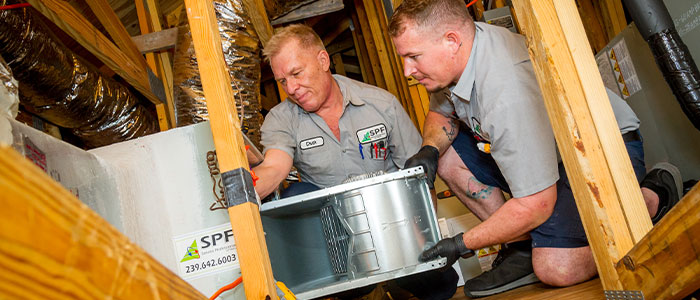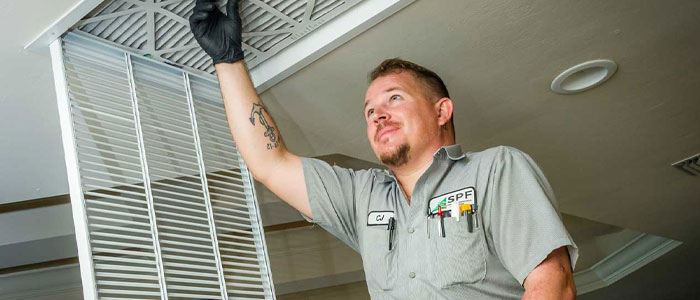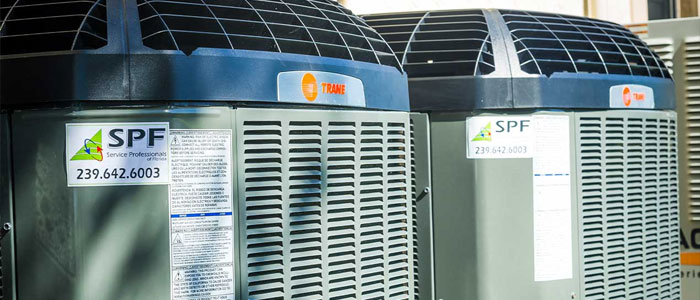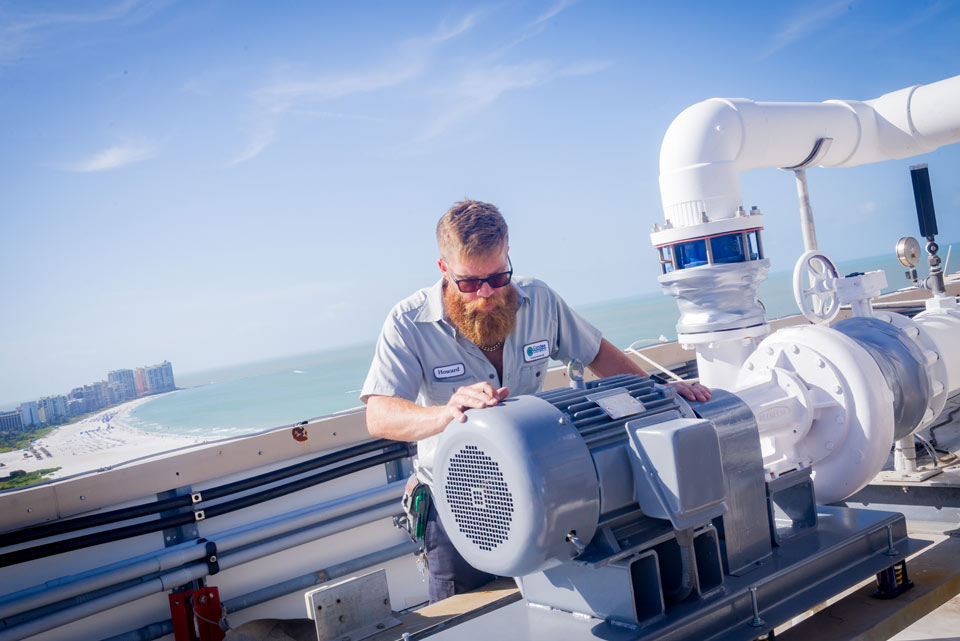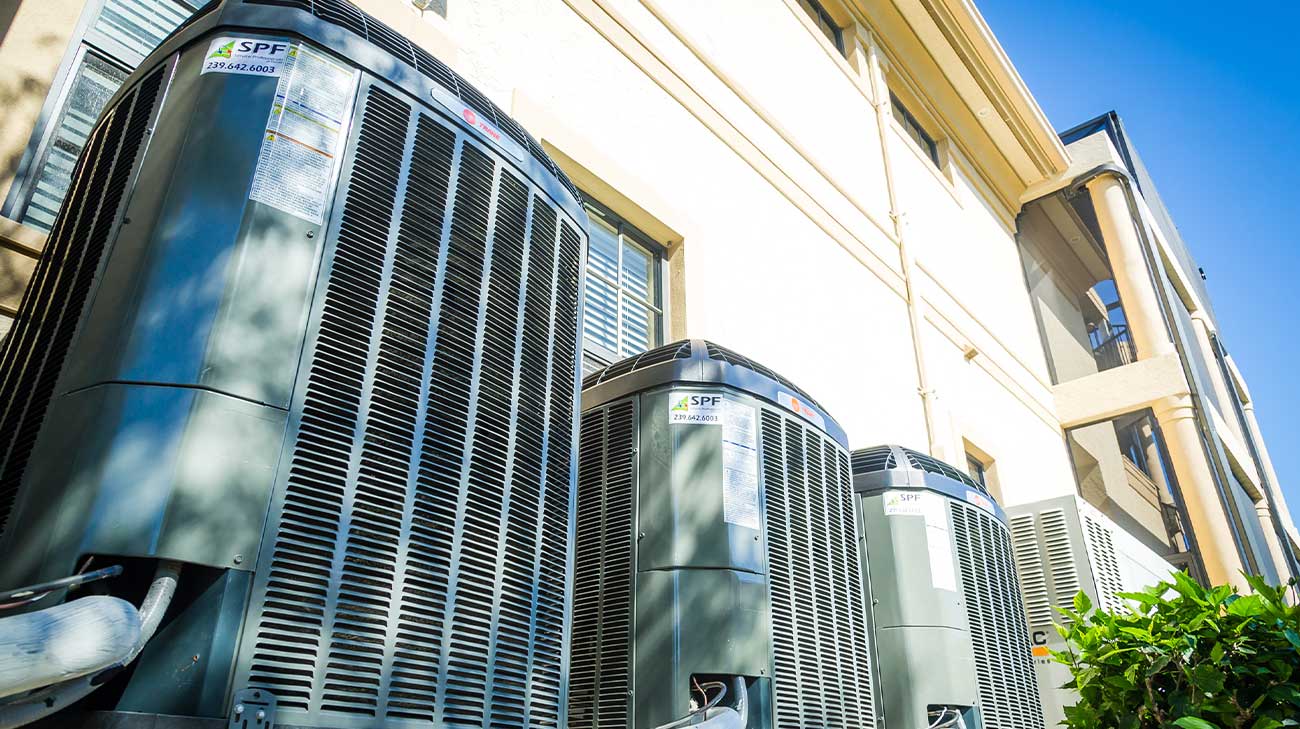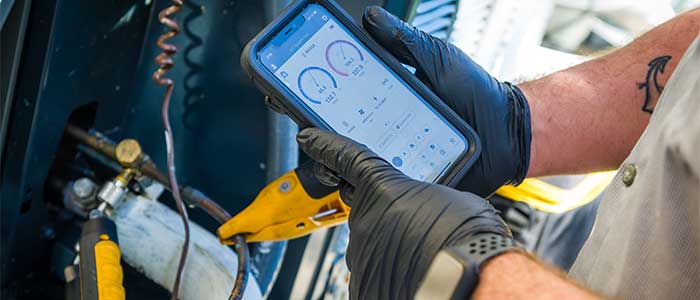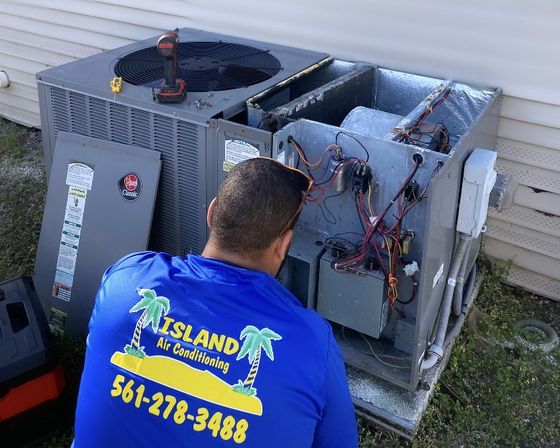Air Conditioning Service Marco Island Fl

Living in Marco Island, FL, a functioning air conditioner isn't a luxury – it's a necessity. When your AC sputters or stops working altogether, it can be incredibly frustrating. Before calling a professional for Air Conditioning Service Marco Island Fl, there are a few basic troubleshooting steps you can take to potentially resolve the issue yourself. This guide will walk you through these steps, empowering you to diagnose and possibly fix common AC problems, while emphasizing safety and knowing when to call in the experts.
Common Household AC Failure: The Case of the Lukewarm Air
Let's consider a common scenario: your AC unit is running, but it's blowing lukewarm air instead of the cool, refreshing air you expect. This could stem from several issues, ranging from simple user errors to more complex mechanical failures.
Step-by-Step Troubleshooting Guide
1. Power Supply Check
The first and simplest step is to verify that your AC unit is receiving power. Don't underestimate the obvious!
- Check the Circuit Breaker: Locate the circuit breaker box for your home. Identify the breaker labeled "AC" or "Air Conditioner." Ensure it's in the "ON" position. If it's tripped (in the "OFF" or middle position), flip it fully to the "OFF" position first, then back to the "ON" position. This resets the breaker. If it trips again immediately, *do not* continue resetting it. This indicates a potential electrical problem requiring professional attention. Call a qualified electrician or AC technician immediately.
- Inspect the Disconnect Switch: Most outdoor AC units have a disconnect switch located near the unit. This switch allows you to cut power to the unit for safety during maintenance. Make sure this switch is in the "ON" position. It might be a simple lever or a pull-out block.
2. Thermostat Settings Verification
Incorrect thermostat settings are a surprisingly common cause of AC issues. Let's rule this out:
- Mode Selection: Ensure your thermostat is set to "Cool" or "AC" mode, not "Heat" or "Fan Only."
- Temperature Setting: Verify that the target temperature on the thermostat is set *lower* than the current room temperature. If the set temperature is higher, the AC won't turn on or will blow lukewarm air.
- Fan Setting: The "Fan" setting has two common options: "Auto" and "On." In "Auto" mode, the fan only runs when the AC is actively cooling. In "On" mode, the fan runs continuously, even when the AC isn't cooling, which can make the air feel less cool. For optimal cooling, use the "Auto" setting.
- Thermostat Batteries: If you have a digital thermostat, check the batteries. Low batteries can cause inaccurate temperature readings and prevent the AC from functioning correctly. Replace the batteries with fresh ones.
3. Air Filter Inspection and Replacement
A clogged air filter is one of the most frequent causes of reduced airflow and poor cooling performance. It restricts airflow, forcing your AC unit to work harder, which can eventually lead to more serious problems.
- Locate the Air Filter: The air filter is usually located in a slot on the indoor unit or in a wall or ceiling vent. Refer to your AC unit's manual or look for a labeled access panel.
- Inspect the Filter: Remove the air filter and hold it up to the light. If you can't see light through it, it's likely clogged and needs replacement.
- Replace the Filter: Replace the dirty filter with a new one of the same size and type. The size is usually printed on the filter frame. Ensure the filter is installed with the correct arrow orientation, as indicated on the filter frame. The arrow should point in the direction of airflow.
- Frequency: Aim to replace your air filter every 1-3 months, depending on usage and environmental factors (pets, allergies, construction nearby).
4. Outdoor Unit Inspection (Condenser)
The outdoor unit, also known as the condenser, plays a crucial role in the cooling process. Ensuring it's clean and unobstructed is essential.
- Safety First: *Before* inspecting the outdoor unit, ensure the power to the unit is turned off at the disconnect switch (as mentioned in Step 1).
- Clear Debris: Remove any debris such as leaves, grass clippings, branches, or other obstructions from around the unit. Ensure there's at least 2-3 feet of clearance around the unit for proper airflow.
- Clean the Fins: The condenser fins, which are the thin metal plates surrounding the unit, can become dirty and clogged with debris. Use a garden hose with a gentle spray nozzle to carefully rinse the fins from the inside out. *Avoid using high pressure, as this can damage the delicate fins.* You can also use a fin comb to gently straighten any bent fins.
- Inspect for Damage: Visually inspect the unit for any signs of physical damage, such as bent fins, loose wires, or leaks. If you notice anything concerning, *do not* attempt to repair it yourself. Contact a qualified AC technician.
5. Check for Frozen Coils
Frozen coils can occur on the indoor unit (evaporator coil) due to restricted airflow or low refrigerant levels. If you suspect frozen coils, follow these steps:
- Turn off the AC: Immediately turn off your AC unit at the thermostat. Set the thermostat to "Off" or "Fan Only."
- Inspect the Indoor Unit: Locate the access panel to the evaporator coil on your indoor unit. Carefully remove the panel (usually held in place by screws).
- Look for Ice: Visually inspect the coil for ice buildup. If the coil is completely covered in ice, it's likely frozen.
- Melt the Ice: Allow the ice to melt naturally. This can take several hours. Running the fan only will help speed up the process. *Do not* attempt to chip away the ice, as this can damage the coil.
- Identify the Cause: Once the ice has melted, try to identify the cause of the freezing. Is the air filter dirty? Is there adequate airflow around the indoor unit? If the problem persists after addressing these issues, it may indicate a refrigerant leak, which requires professional attention.
When to Call a Professional for Air Conditioning Service in Marco Island, FL
While the steps above can help you resolve some common AC problems, certain situations require the expertise of a qualified AC technician. Do not attempt to repair anything involving refrigerant, electrical components, or gas lines yourself. These repairs require specialized tools, knowledge, and certifications.
Here are some situations when you should call a professional for Air Conditioning Service Marco Island Fl:
- Refrigerant Leaks: Refrigerant is a critical component of your AC system, and leaks can significantly impact performance and pose environmental hazards. If you suspect a refrigerant leak (e.g., hissing sound, oily residue near the unit), *do not* attempt to repair it yourself.
- Electrical Problems: Any electrical work involving your AC unit should be performed by a licensed electrician or qualified AC technician. *Never* attempt to repair electrical components unless you have the necessary training and experience.
- Compressor Issues: The compressor is the heart of your AC system, and repairs are complex and require specialized tools. If you suspect a compressor problem (e.g., loud noises, unit not turning on), contact a professional.
- Gas Leaks (for Gas-Powered AC Units): If you have a gas-powered AC unit and suspect a gas leak, evacuate your home immediately and call the gas company and a qualified HVAC technician.
- Recurring Problems: If you've tried the troubleshooting steps above and your AC problem persists or recurs frequently, it's likely a sign of a more significant underlying issue that requires professional diagnosis and repair.
- Lack of Knowledge or Confidence: If you're uncomfortable or unsure about any of the troubleshooting steps, *do not* proceed. It's always better to err on the side of caution and call a professional.
- Unit is Old: If your air conditioning unit is old, it may make sense to consult with an HVAC professional about the cost of replacing your unit versus repair costs.
Preventative Maintenance for Optimal AC Performance
Regular maintenance can help prevent many common AC problems and extend the lifespan of your unit. Consider these tips:
- Schedule Annual Maintenance: Have your AC unit inspected and serviced by a qualified technician at least once a year, preferably in the spring before the cooling season begins.
- Keep the Outdoor Unit Clean: Regularly clear debris from around the outdoor unit and rinse the fins with a garden hose.
- Replace Air Filters Regularly: Change your air filters every 1-3 months.
- Trim Vegetation: Trim any bushes or trees that are growing too close to the outdoor unit.
By following these troubleshooting steps and preventative maintenance tips, you can help keep your AC unit running efficiently and avoid costly repairs. Remember, when in doubt, always consult with a qualified professional for Air Conditioning Service Marco Island Fl to ensure the safety and proper functioning of your system.
Disclaimer: This guide provides general troubleshooting information and should not be considered a substitute for professional advice. Always prioritize safety and consult with a qualified professional for any complex or potentially dangerous repairs.
